What should I do when my retaining wall starts failing?
Is It Time to Replace My Retaining Wall?
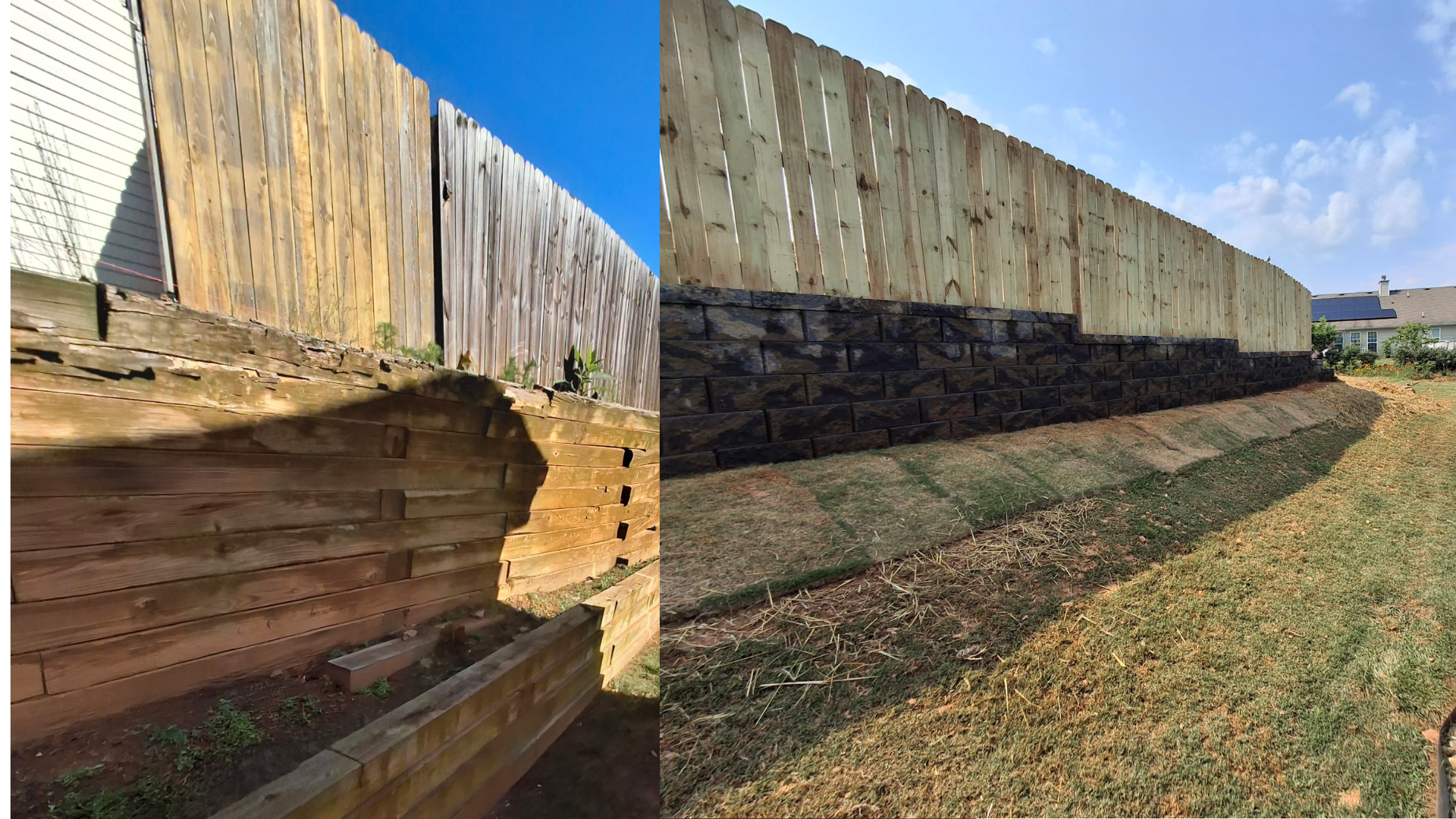
Replacing a Timber Retaining Wall with a Belgard Block Wall: A Stylish, Long-Lasting Upgrade
If your timber retaining wall is starting to rot, lean, or fall apart, it’s time to consider a smarter, more durable solution. While wood has a natural charm, it simply can’t compete with the strength, style, and longevity of modern hardscape materials. One of the best upgrades? A Belgard block wall.
Let’s break down why Belgard blocks are a top choice for residential landscaping, how they differ from commercial-grade cinder blocks, and why this upgrade is a win for your yard.
Why Replace a Timber Retaining Wall?
Timber retaining walls were once a go-to for homeowners because they’re affordable and easy to install. But over time, they come with serious drawbacks:
- Rot and Decay: Wood breaks down when exposed to moisture.
- Insect Damage: Termites and other pests love to feast on timber.
- Structural Weakness: As the wood deteriorates, it can no longer hold back soil, leading to erosion or collapse.
Upgrading to a Belgard block wall not only solves these problems—it also adds beauty and value to your outdoor space.
Belgard Blocks vs. Cinder Blocks: What’s the Difference?
Though both are made from concrete, Belgard blocks and cinder blocks serve very different purposes.
Feature Belgard Block Cinder Block
Use Residential landscaping Commercial construction
Material High-density concrete with decorative finishes Lightweight concrete with coal ash
Strength Designed for retaining soil and outdoor use Requires reinforcement for structural use
Appearance Stylish, textured, and available in various colors Plain gray, utilitarian look
Installation Interlocking system, no mortar needed Typically mortared or reinforced with rebar
Belgard blocks are part of a segmental retaining wall system—modular, interlocking units made for residential landscaping. Cinder blocks, on the other hand, are more common in commercial or industrial settings where appearance isn’t a priority.
Why Belgard Is Best for Residential Landscaping
Belgard blocks are designed with homeowners in mind. Here’s where they shine:
- Retaining Walls: Perfect for sloped yards, garden terraces, or erosion control.
- Raised Garden Beds: Create clean, elevated planting areas.
- Outdoor Living Spaces: Build seating walls, fire pit surrounds, or outdoor kitchens.
- Steps and Pathways: Use matching step units for a cohesive look.
They’re easy to install, require little maintenance, and come in a variety of colors and textures to match your home’s style.
When to Use Cinder Blocks Instead
Cinder blocks are better suited for:
- Commercial Foundations
- Basement Walls
- Utility Buildings
- Industrial Retaining Walls
They’re functional but not decorative. If you’re building something structural and hidden, cinder blocks might be the right fit. But for anything visible in your yard? Belgard is the way to go.
Final Thoughts: Upgrade Your Landscape with Belgard
Replacing your timber retaining wall with a Belgard block wall is more than just a fix—it’s a transformation. You’ll get a stronger, longer-lasting wall that looks great and adds value to your home.
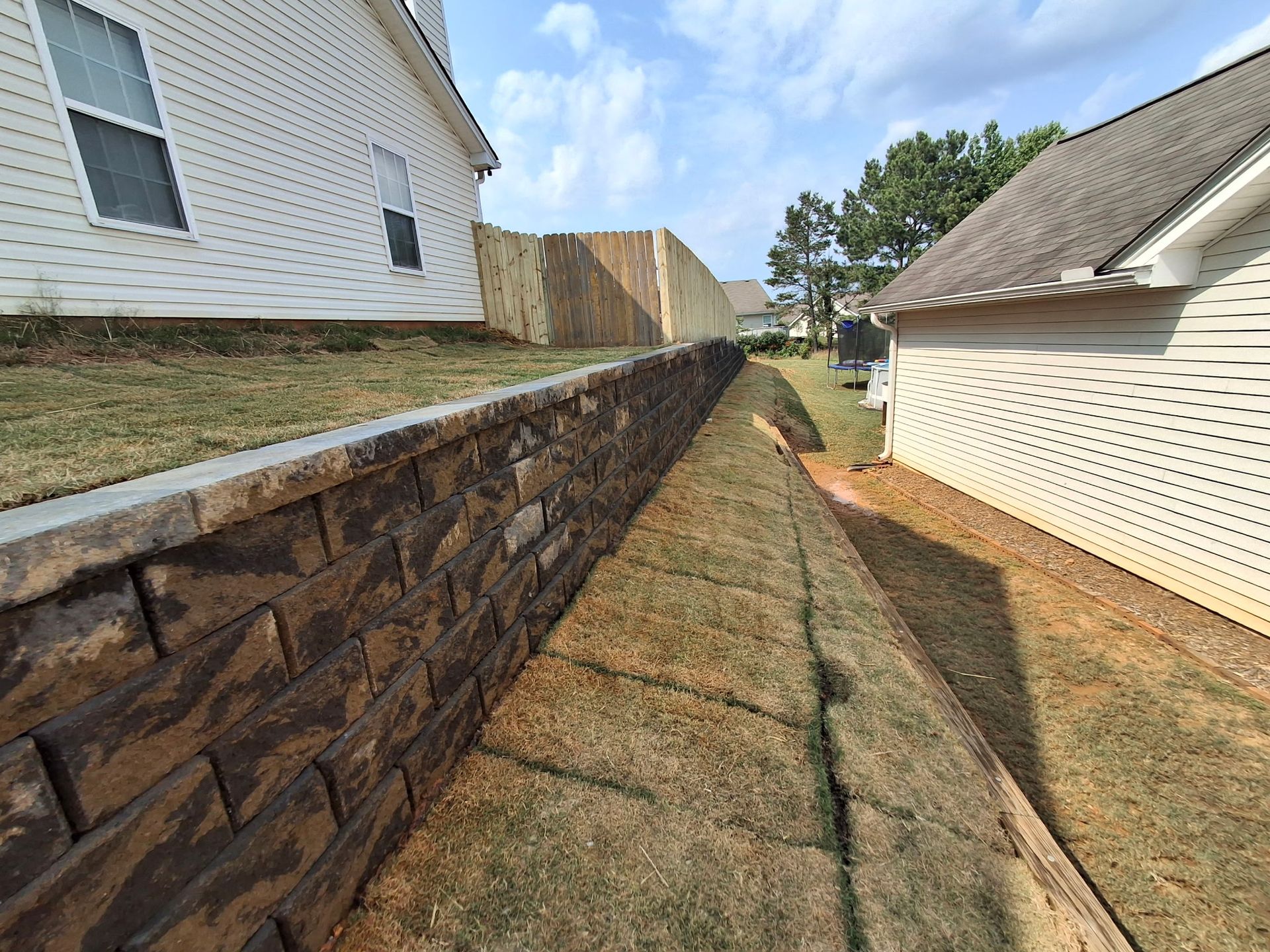
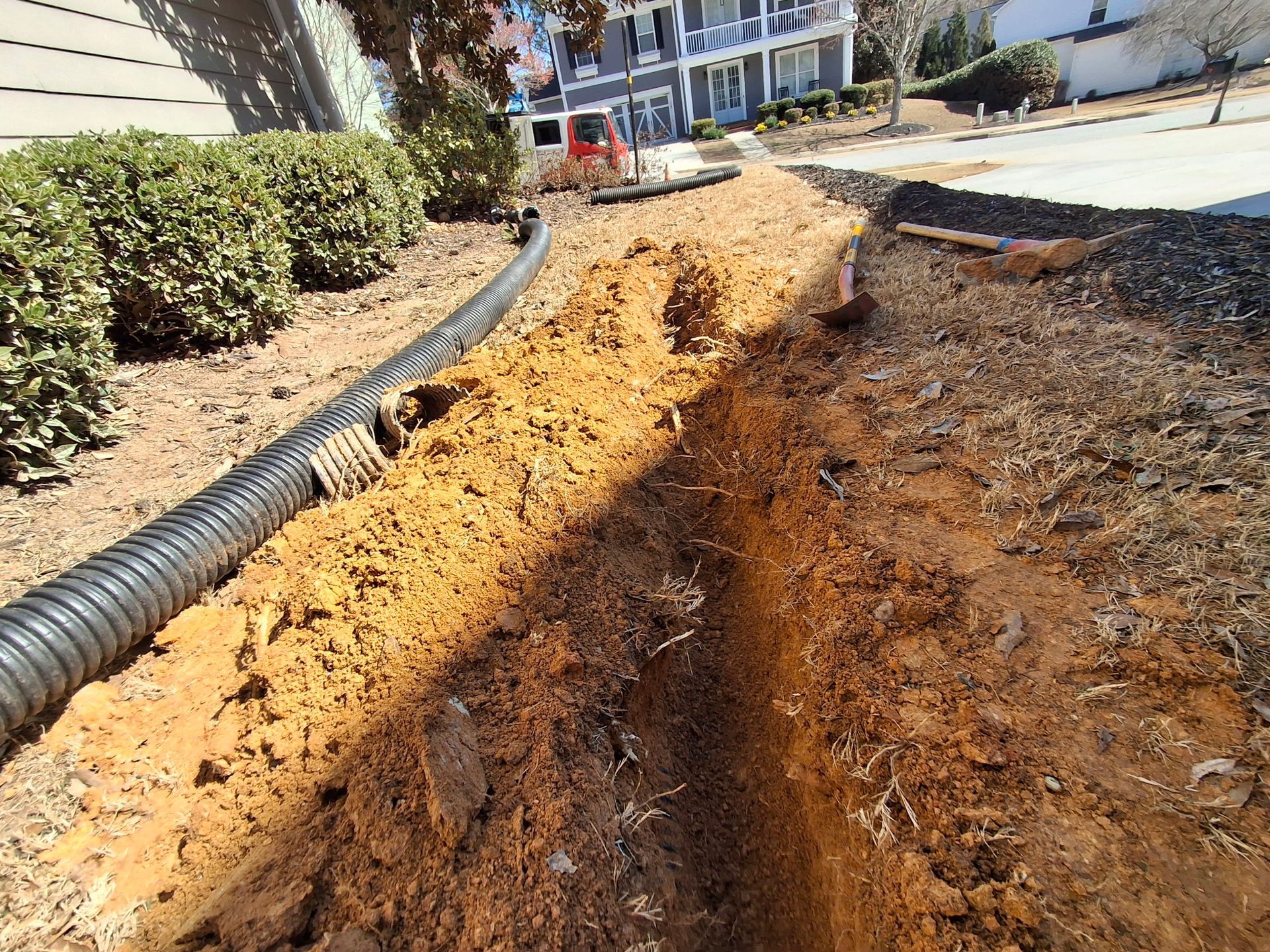
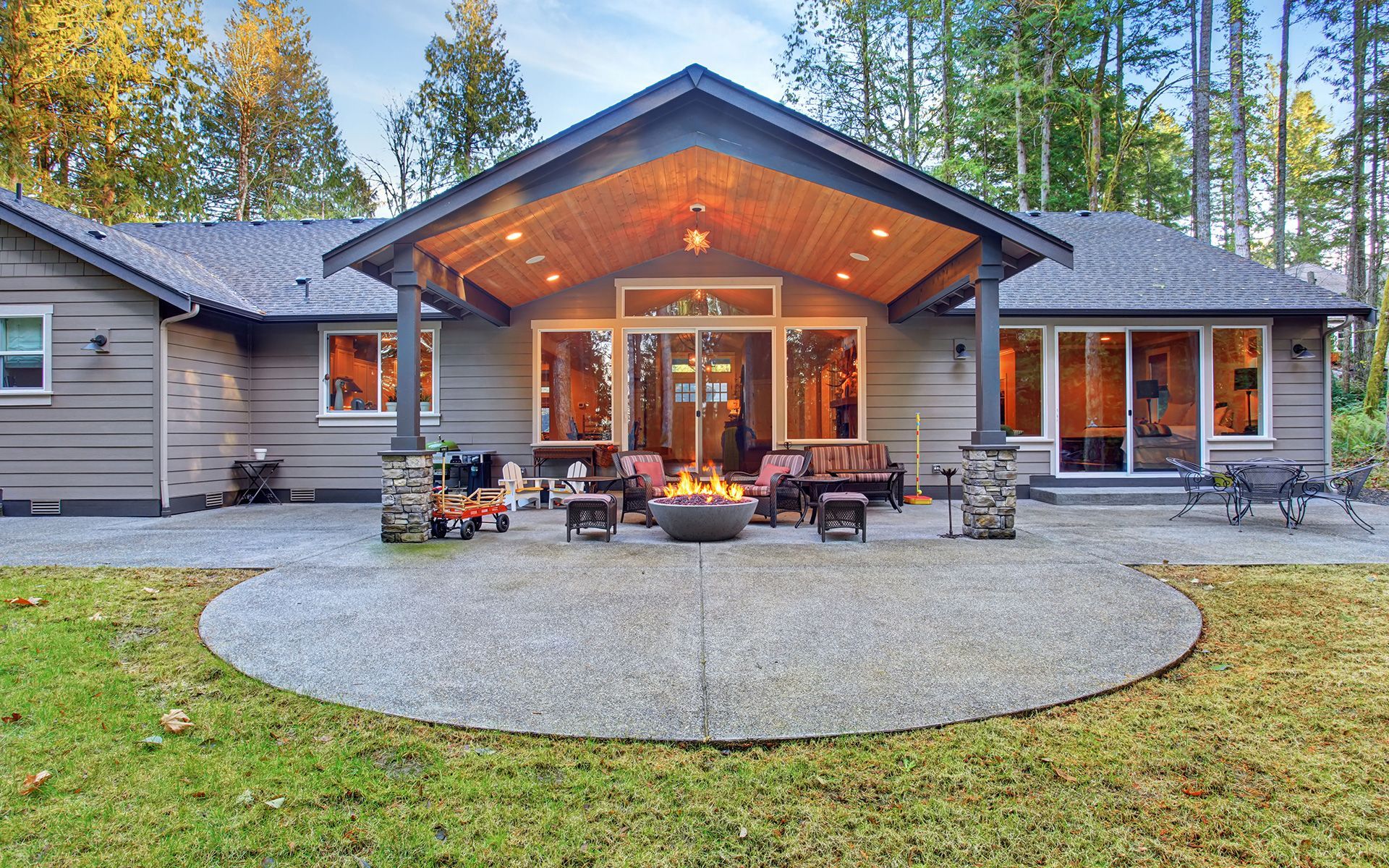
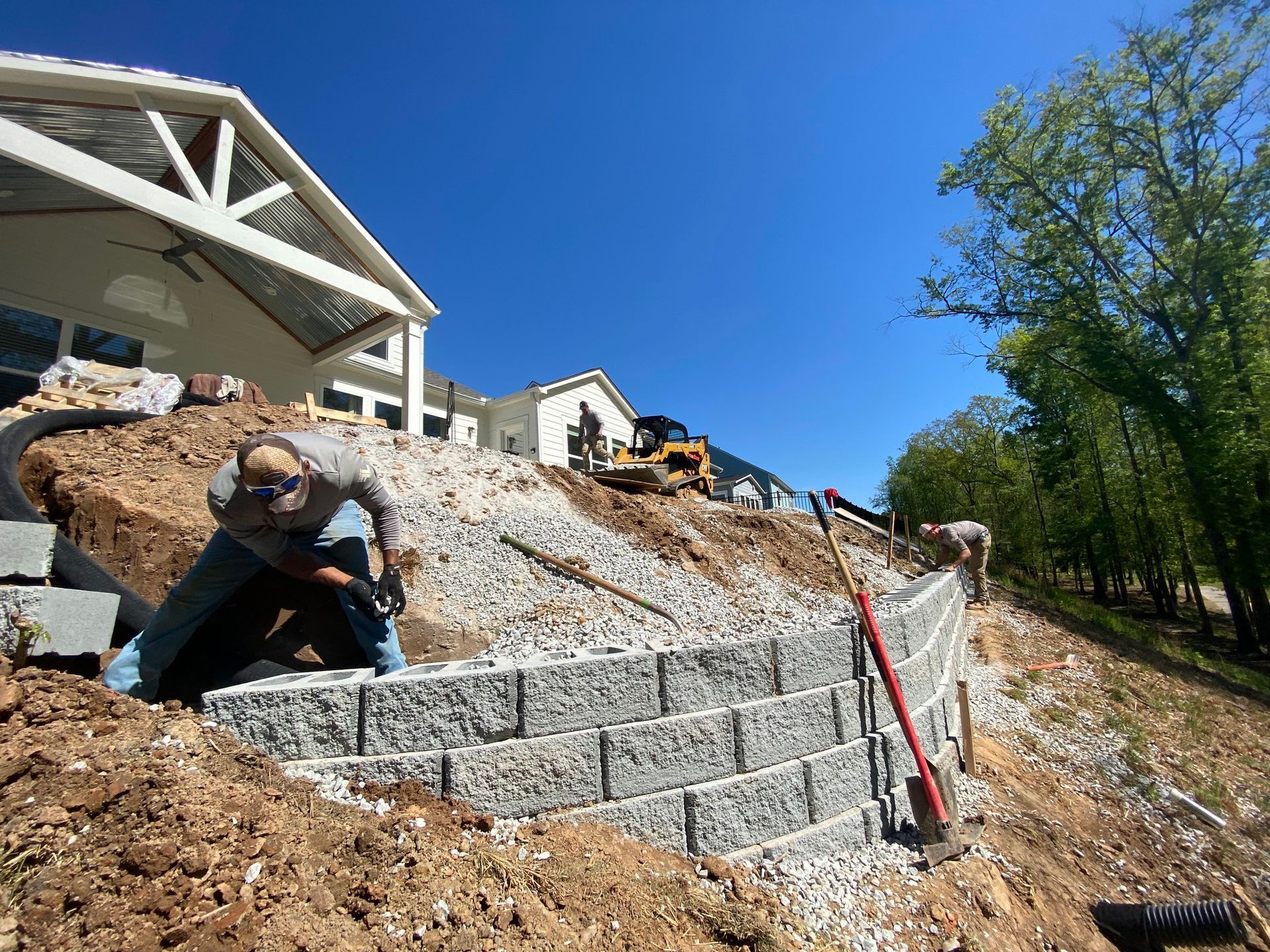

Share On: